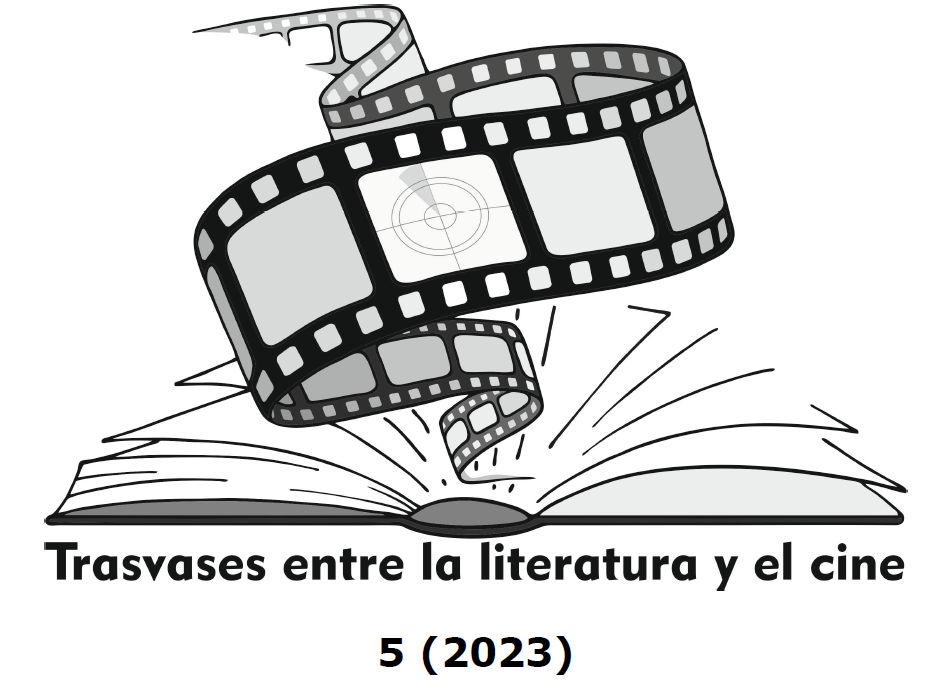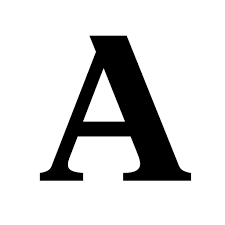Catalogue of Adaptations in the New Millennium: Literature in Italian Cinema (2001-2022)
DOI:
https://doi.org/10.24310/tlc.5.2023.17213Abstract
Literature has provided Italian filmmakers with ideas - but not only, also with instruments - to construct their cinematographic images. And it has done so both in the what and in the how, that is to say, both in the narrative facet and in the plots as well as in the way of constructing their films. The corpus of film texts that unfolds in the following pages, concerning the period from the beginning of the century to the year 2022, shows that the marriage between the two arts continues to be as happy as it is fruitful, and that it opens up numerous fields of study for researchers in both disciplines and, even more so, for those who work in any field of comparative studies.
Downloads
Metrics
References
ANTONIONI, Michelangelo (2002), Para mí, hacer una película es vivir, Barcelona, Paidós.
BAZIN, André (2022), ¿Qué es el cine?, Madrid, Rialp.
CONDE, Aurora (2008), «La precisión de la nada (reflexiones sobre "Blow Up")», Cuadernos de Filología Italiana, 15, págs. 157-179.
DATTERONI, Silvia (2022), «Giorgio Bassani y el imaginario cinematográfico: adaptaciones, apropiaciones, reescrituras y recepción», Zibaldone. Estudios italianos, 10, págs. 12-28.
DE LOS REYES, Aurelio (1993), «Los futuristas y el cine», Anales del Instituto de Investigaciones Estéticas, 16 (64), págs. 93-115. DOI: https://doi.org/10.22201/iie.18703062e.1993.64.1673.
DELEUZE, Gilles (2001), La imagen-tiempo. Estudios sobre cine 2, Barcelona, Paidós.
DELEUZE, Gilles (2003), La imagen-movimiento. Estudios sobre cine 1, Barcelona, Paidós.
FONT, Domènec (2012), Pasajes de la modernidad. Cine europeo: (1960-1980), Barcelona, Paidós.
GARCÍA REYES, David (2022), «Catálogo de adaptaciones en el nuevo milenio: literatura y cine chileno (2001-2020)», Trasvases entre la literatura y el cine, 4, págs. 219-233. DOI: https://doi.org/10.24310/Trasvasestlc.vi3.13585
GIMFERRER, Pere (1999), Cine y literatura, Barcelona, Seix Barral.
GUBERN, ROMÁN (2016), Historia del cine, Barcelona, Anagrama.
LOSILLA, Carlos. (2012), La invención de la modernidad (o cómo acabar de una vez por todas con la historia del cine), Madrid, Cátedra.
MALPARTIDA TIRADO, Rafael (2021), «Catálogo de adaptaciones en el nuevo milenio: literatura y cine españoles (2001-2020)», Trasvases entre la literatura y el cine, 3, págs. 261-280. DOI: https://doi.org/10.24310/Trasvasestlc.vi3.13585
MENDIETA, Elios (2017), «Ruinas tras la II Guerra Mundial en Italia. Representación del espacio hostil en "Paisà", de Roberto Rossellini», en M. Iturmendi Coppel y P. Díaz Pereda (coords.), Representaciones del espacio hostil en la literatura y las artes, Santiago de Compostela, Andavira, pags. 335-345.
MENDIETA, Elios (2022), Paolo Sorrentino, Madrid, Cátedra.
MULVEY, Laura (2014), «El desprecio y su historia del cine», L’Atalante. Revista de estudios cinematográficos, 18, págs. 27-36.
QUINTANA, Àngel (1995), Roberto Rossellini, Madrid, Cátedra.
QUINTANA, Àngel (1997), El cine italiano 1942-1961. Del neorrealismo a la modernidad, Barcelona, Paidós.
RODRÍGUEZ SERRANO, Aarón (2019), Nanni Moretti, Madrid, Cátedra.
STAM, Robert (2014), Teoría y práctica de la adaptación, México, UNAM.
Downloads
Published
How to Cite
Issue
Section
License
Copyright (c) 2023 Elios Mendieta Rodríguez

This work is licensed under a Creative Commons Attribution-NonCommercial-ShareAlike 4.0 International License.
All authors published in this journal accept the following copyright terms:
a. Authors retain their authors´ rights (copyright) and grant First Publication Rights to the journal, which whill be published under a the Creative Commons Attribution-NonCommercial-ShareAlike 4.0 International (CC BY-NC-SA 4.0) license. All about this license is available in the following link: <http://creativecommons.org/licenses/by-nc-sa/4.0>
b. Authors may separately establish additional agreements for the non-exclusive distribution of the version of the work published in the journal (e.g. including it in an institutional repository, or publishing it in a book) with an acknowledgement of its initial publication in this journal.
c. Authors are allowed and encouraged to disseminate their work electronically (e.g. in institutional repositories or on their own website) as this can lead to productive exchanges, as well as earlier and more extensive citation of published work.
The author is responsible for obtaining permission from the copyright holder when using copyrighted materials.
This electronic journal is published by University of Málaga (UmaEditorial), thus it is necessary to cite the origin of any partial or total reproduction.







22.png)










